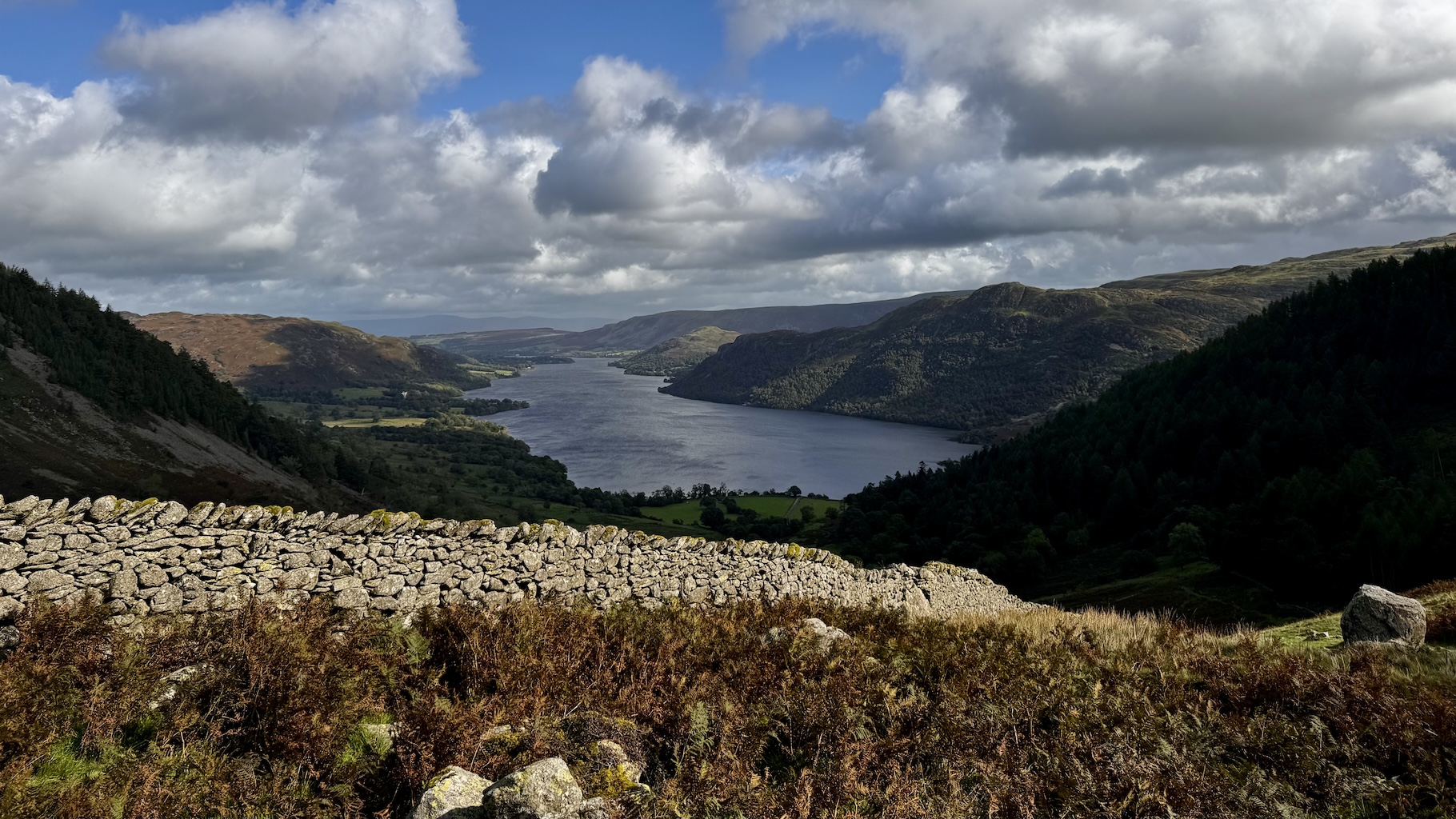This past weekend I was fortunate to be a participant in the “Relay FM 10th Anniversary Extravaganza”, a live show in London celebrating Relay’s decade of podcasting. Relay is the home of Under the Radar. We didn’t quite join at the start but have been part of the network for nearly 9 of those 10 years.

This event got me thinking a lot about longevity, especially as it relates to starting and sustaining a business. While nothing in business is ever certain, I firmly believe that Myke and Stephen didn’t reach this anniversary by accident. They have been careful and deliberate in their approach to building Relay, maximizing the chances of its enduring over time.
I feel like there are two extremes when it comes to starting a business you can build it optimizing for fast growth or you can build it optimizing for sustainability.
In the fast case you are likely rapidly increasing your costs and spending your way to growth. The goal here is to increase your customer base as quickly as possible and use whatever means possible to accomplish that.
In the slower, more sustainable case you are instead being extremely conservative with your costs and growing only as fast as you can without overreaching beyond your stable base.
Having been a close observer of the way Relay has grown and developed over the last decade it was clear they took the sustainable approach. Adding shows and employees at a very measured, deliberate pace. Never getting ahead of themselves and as a result rarely putting themselves in a tenuous position.

It reminds me of the Dry Stone Walls you will often see while wandering in the north English countryside. These walls divide farmers pastures and criss-cross the terrain on hillsides often battered with awful conditions. Yet these walls endure because they were built to endure. The process of building one of these walls is slow and deliberate. Only being able to progress at a rate of maybe 2-3 meters per day, but their lifespans are measured in centuries as a result. Compare that to something like a wooden split rail fence which can be put up at a rate of hundreds of meters per day, but have a useful lifespan measured only in years.
There are no free lunches here. If your goal is to make something which will endure, which can stand up against the storms which will inevitably batter it, you need to start building it with that in mind.
This isn’t to say that the fast, unsustainable approach doesn’t have its place, but moreover it is vital to be deliberate about what you want and be clear eyed about what that will mean for your future prospects. But if you want to make something which will be around to celebrate its 10 year anniversary you’ll probably to build it with stone rather than wood.